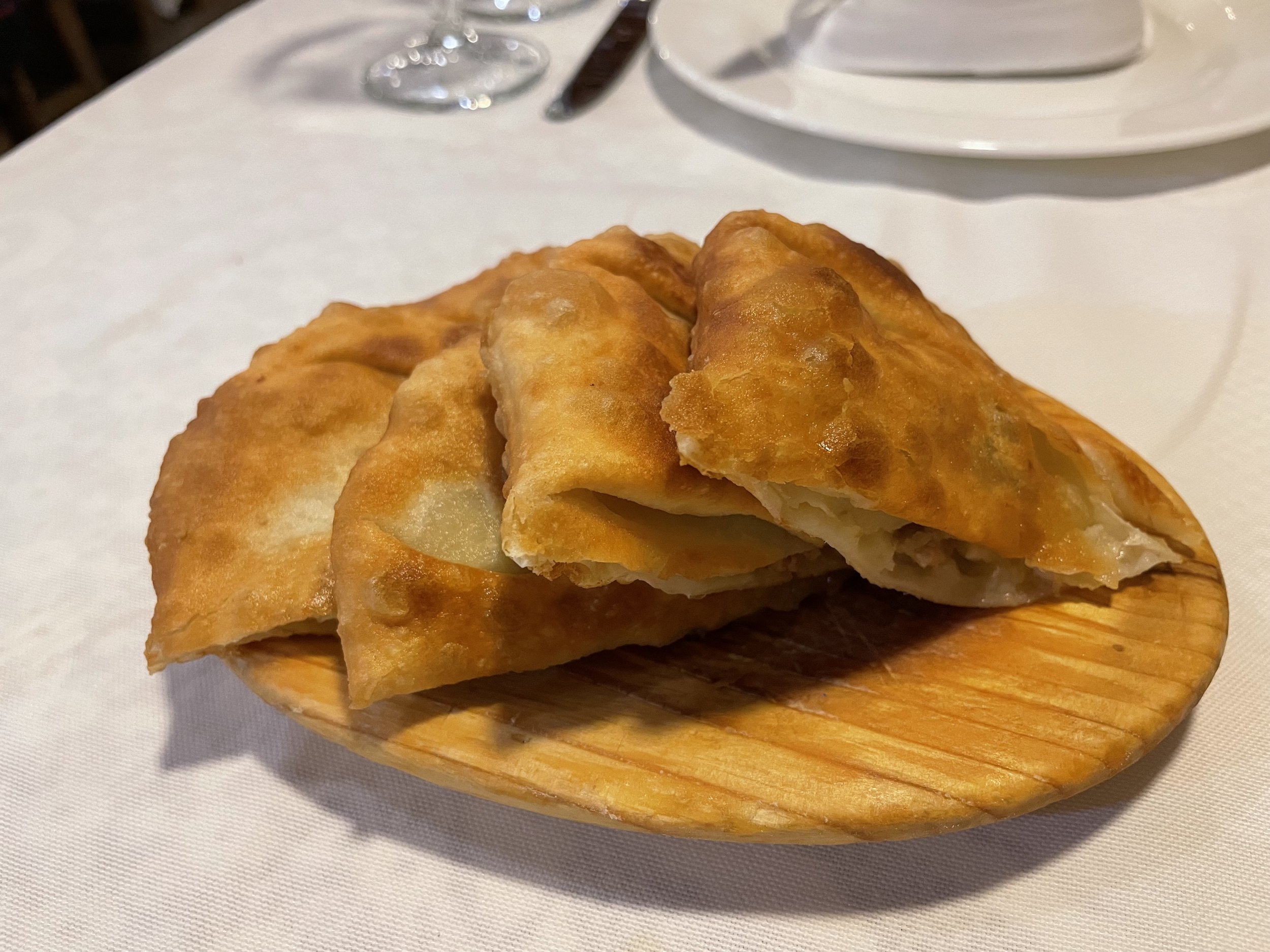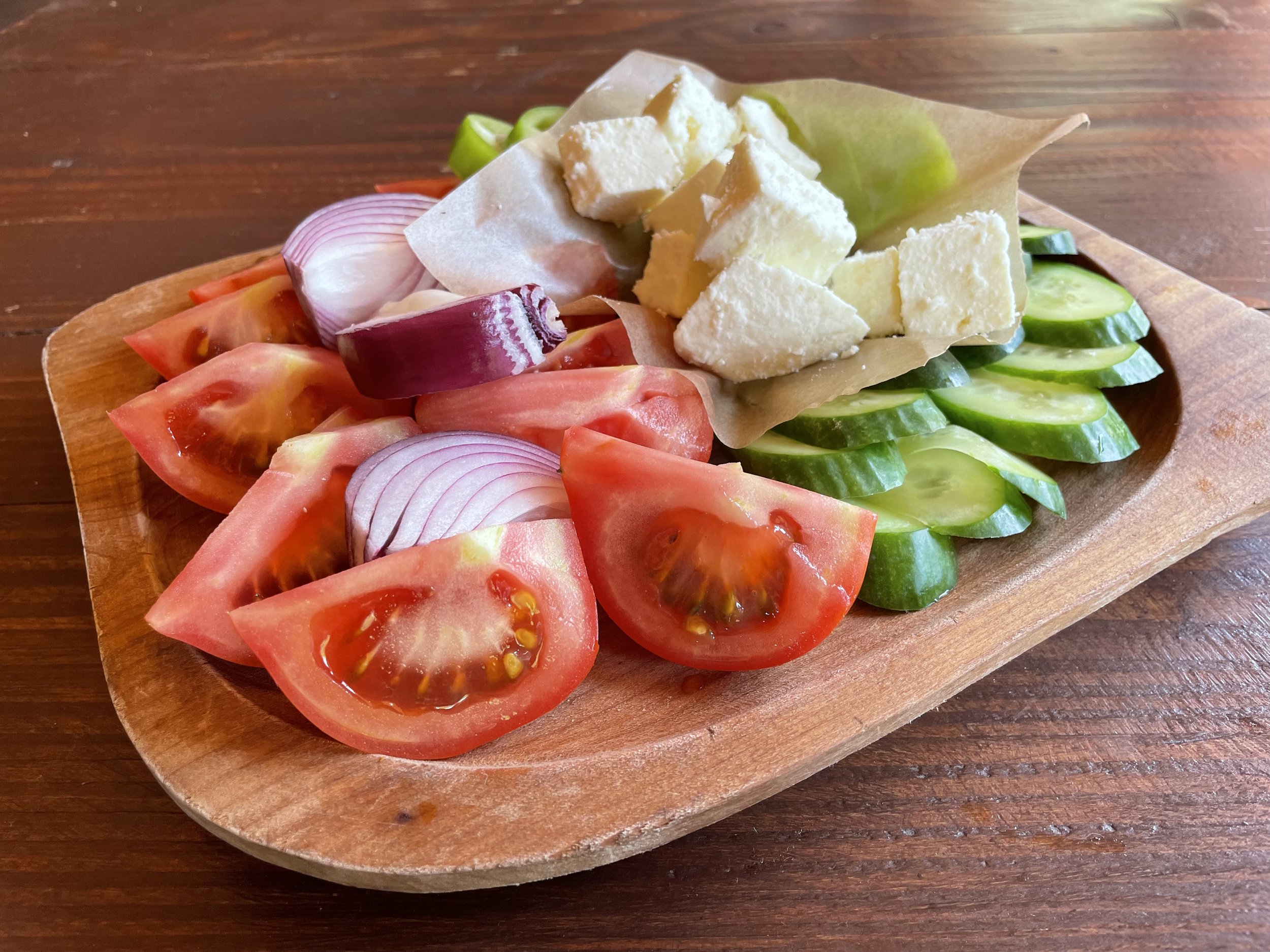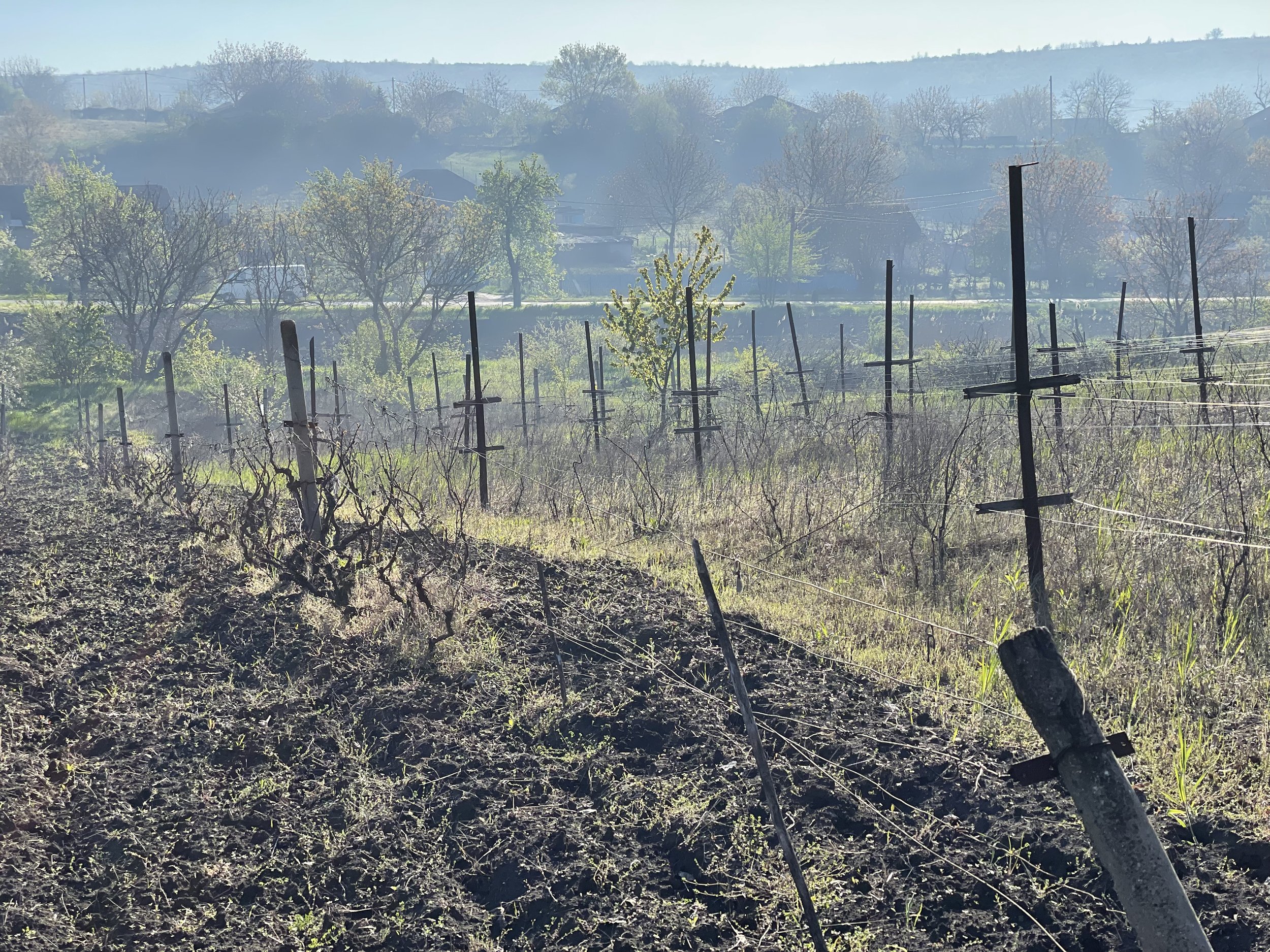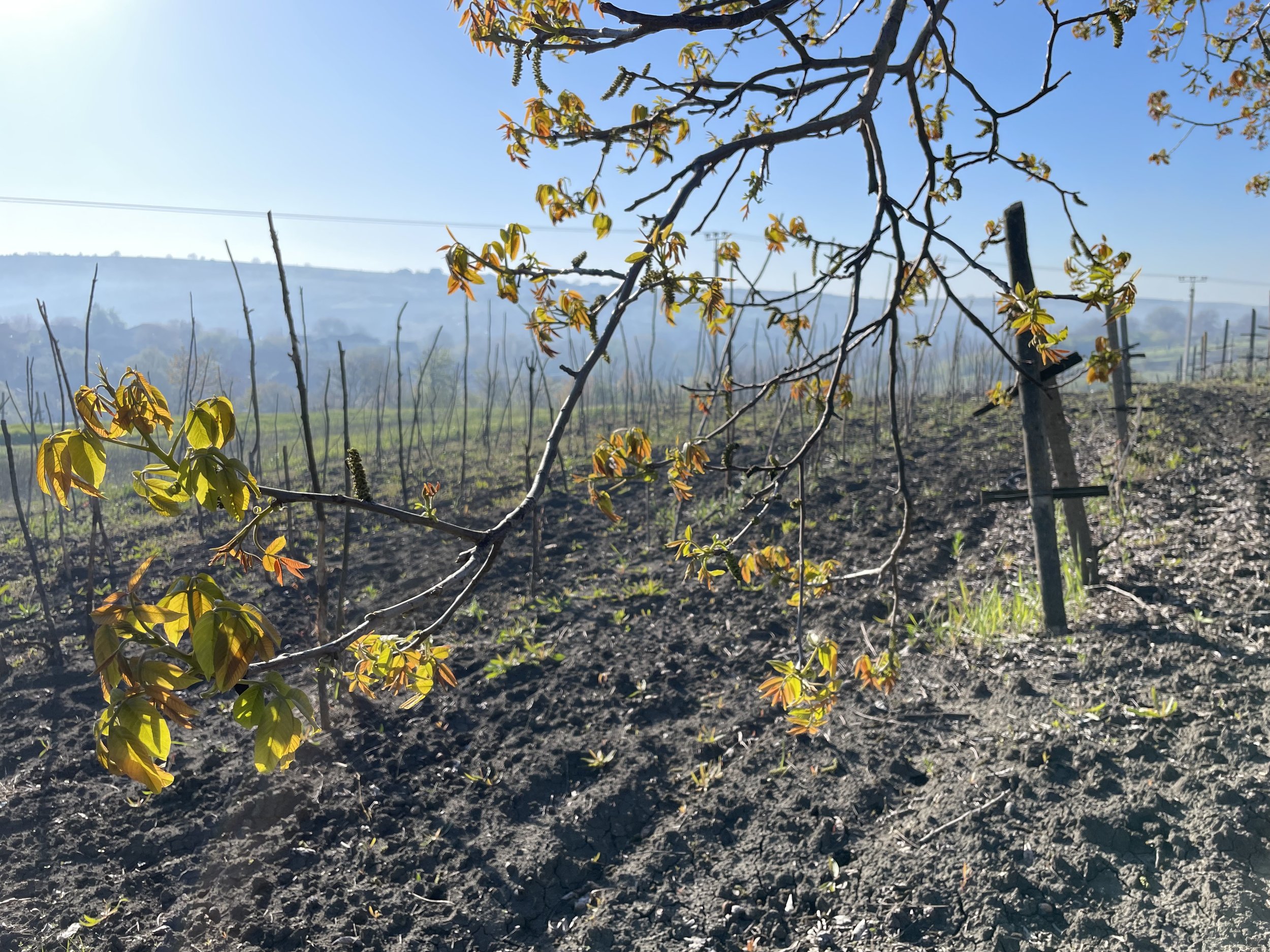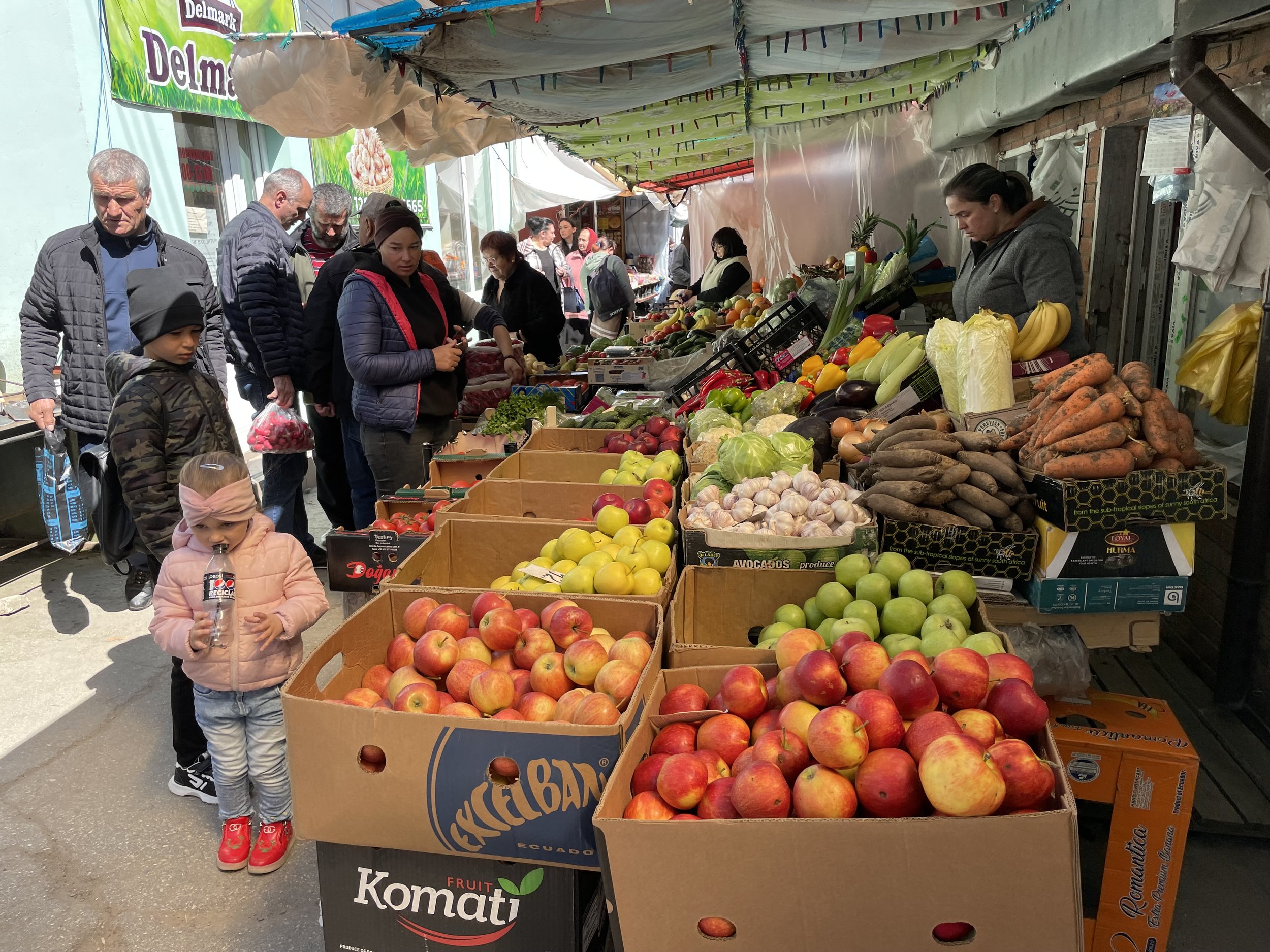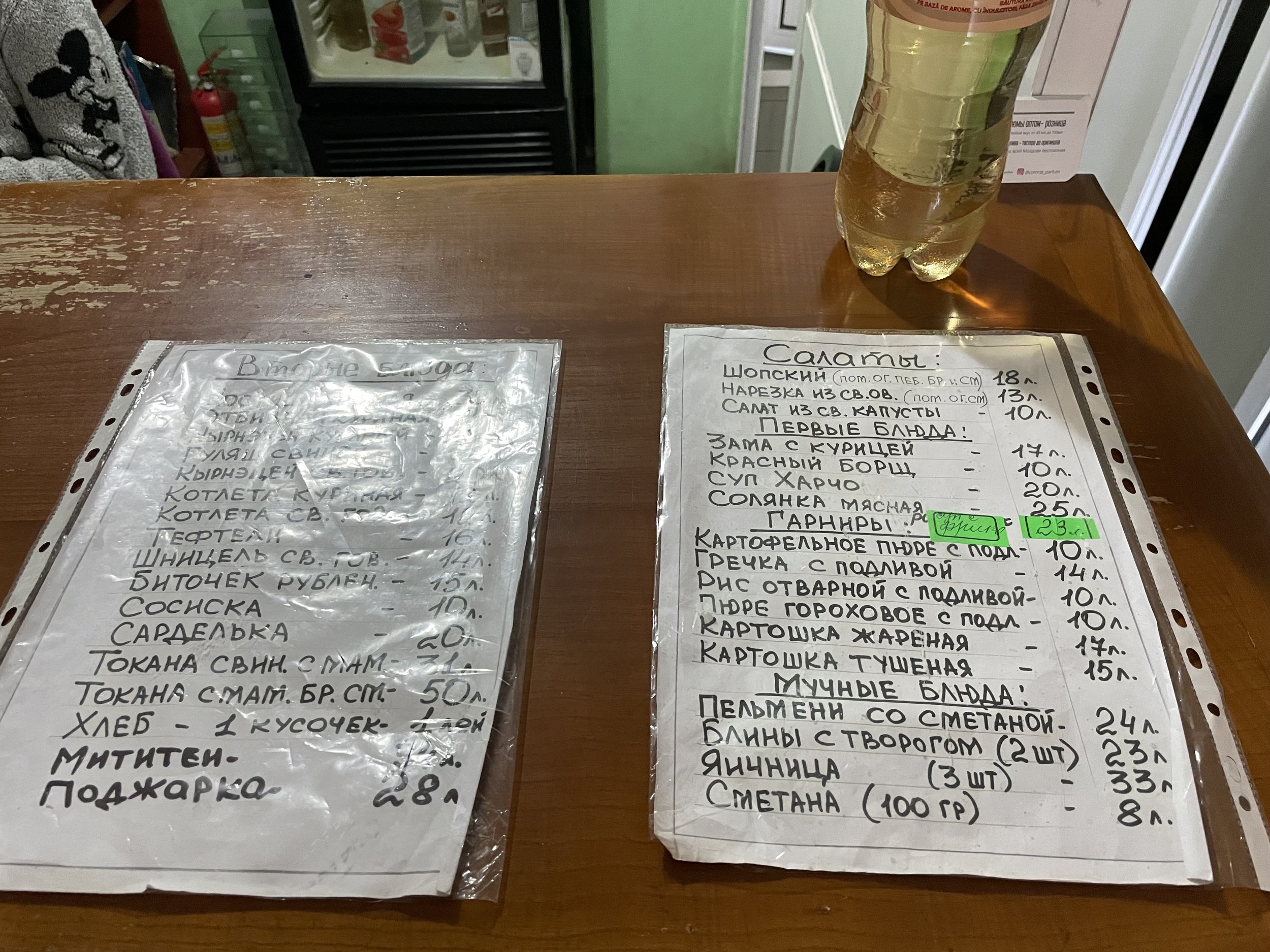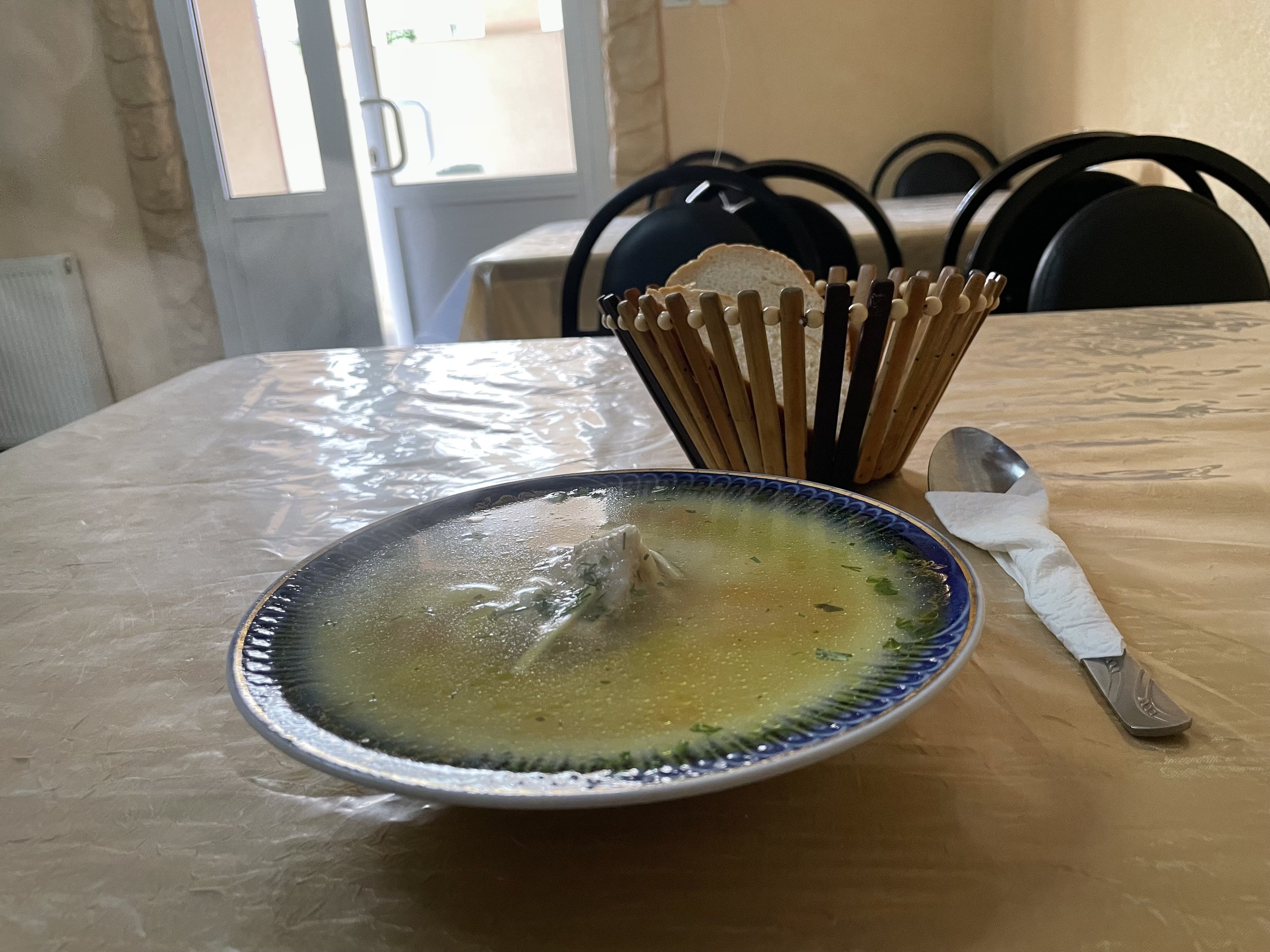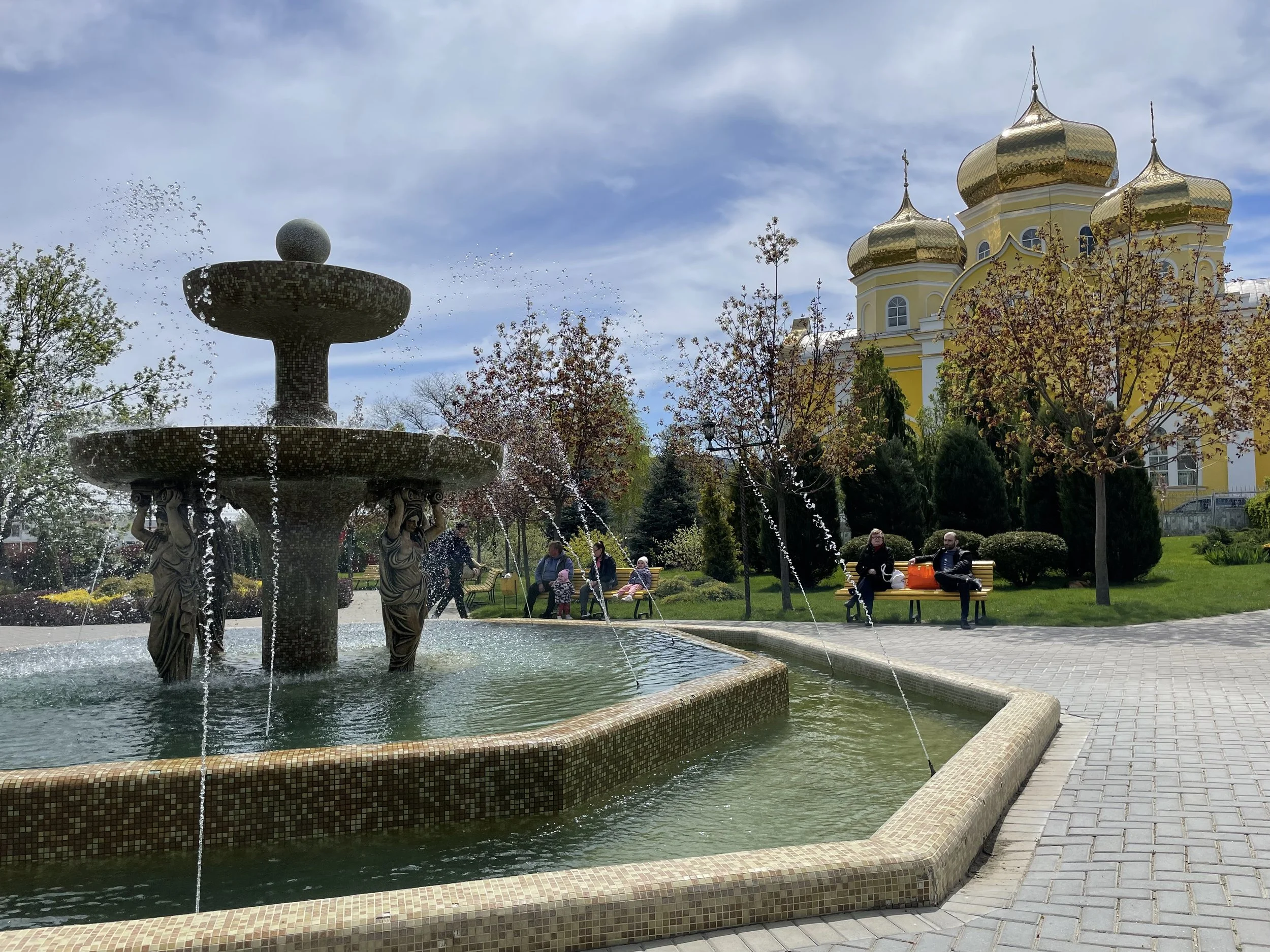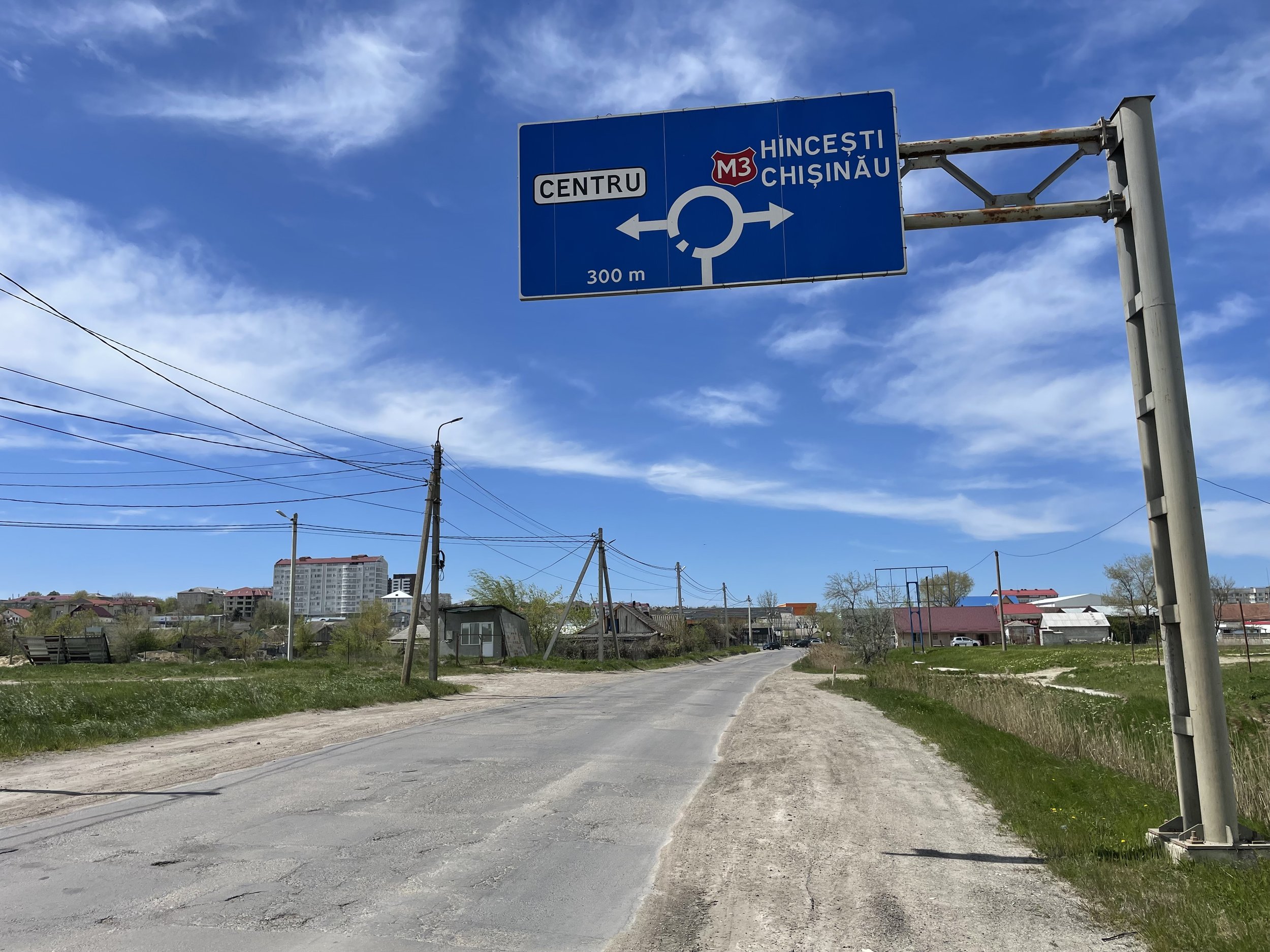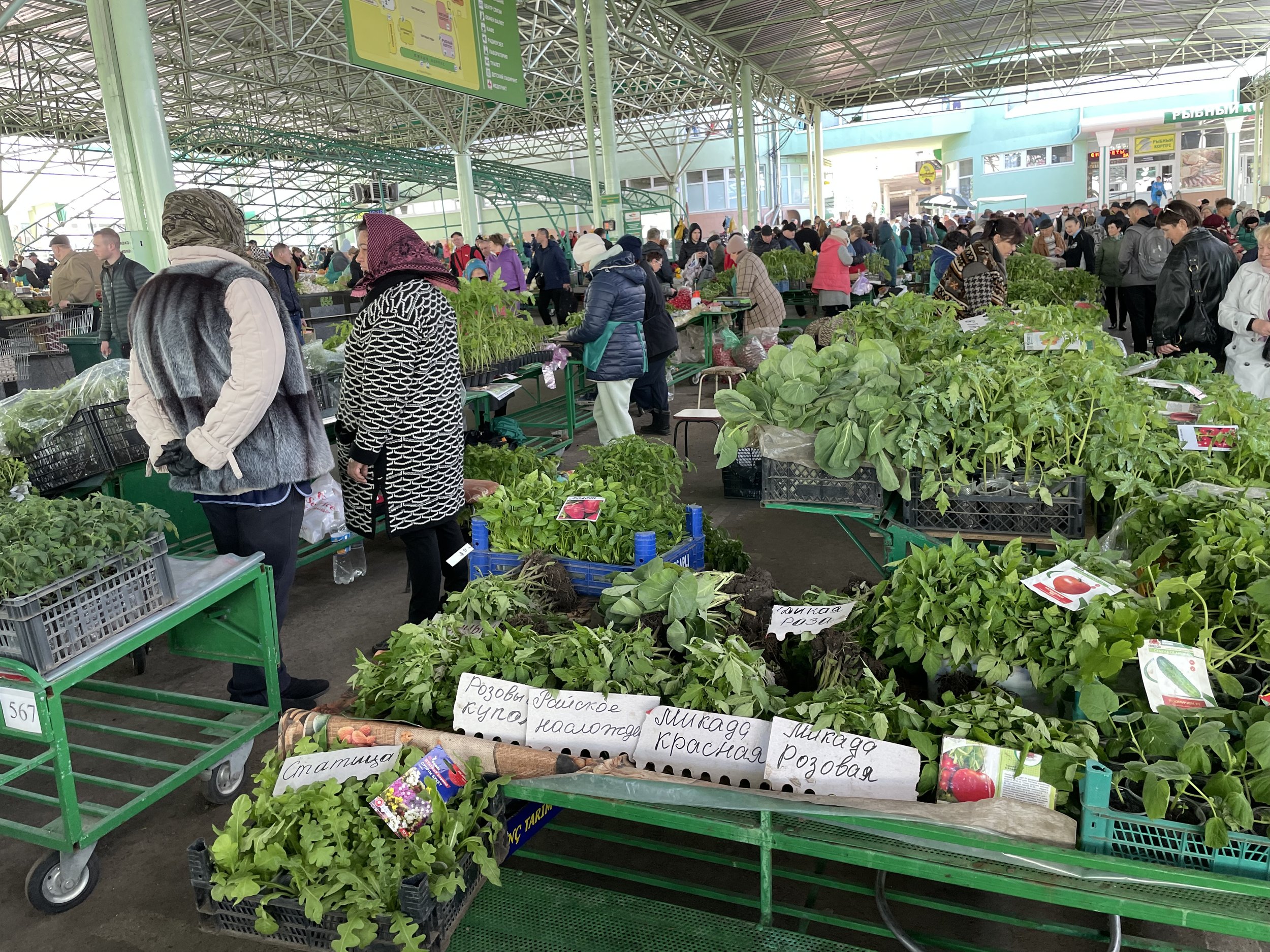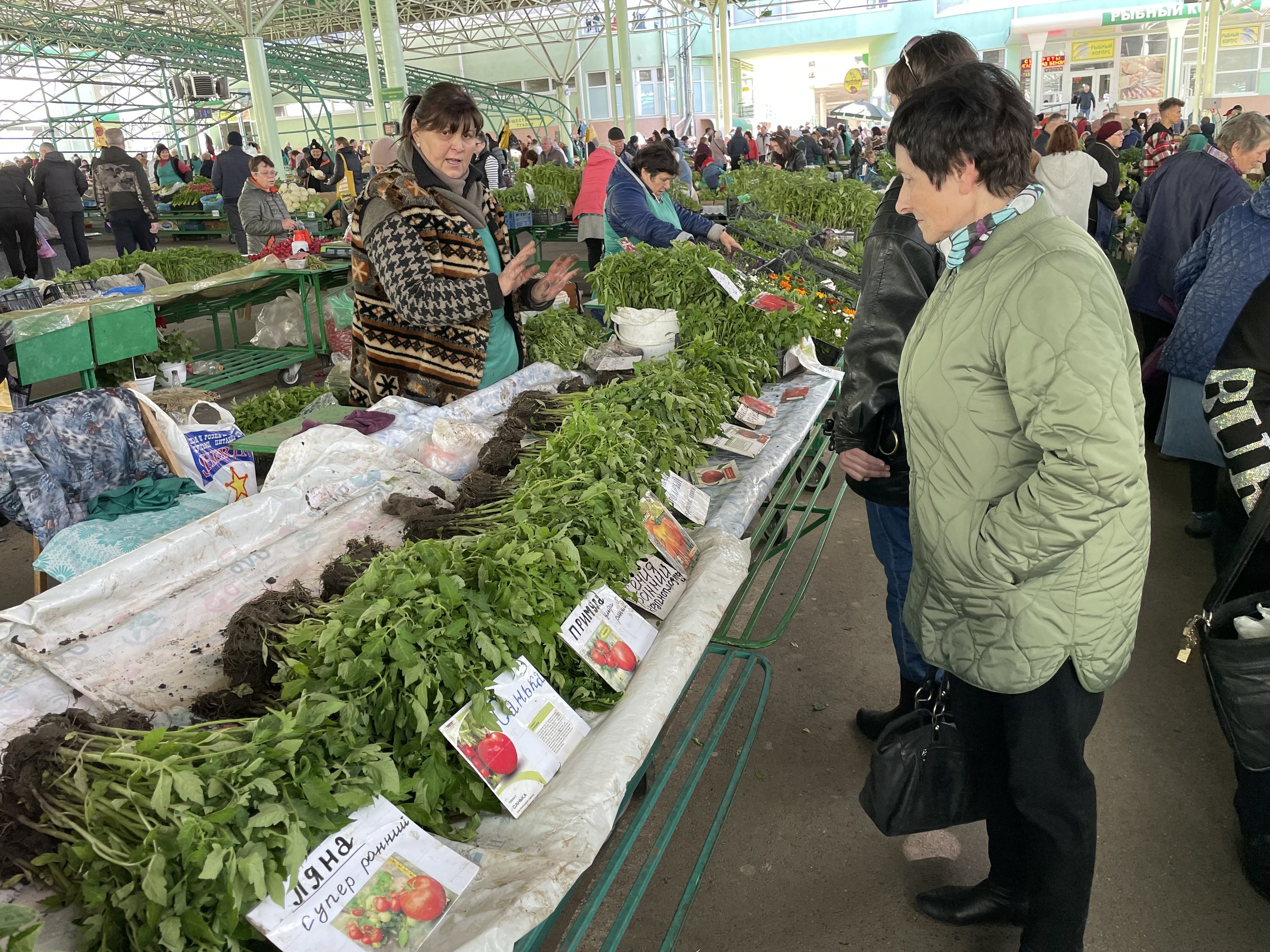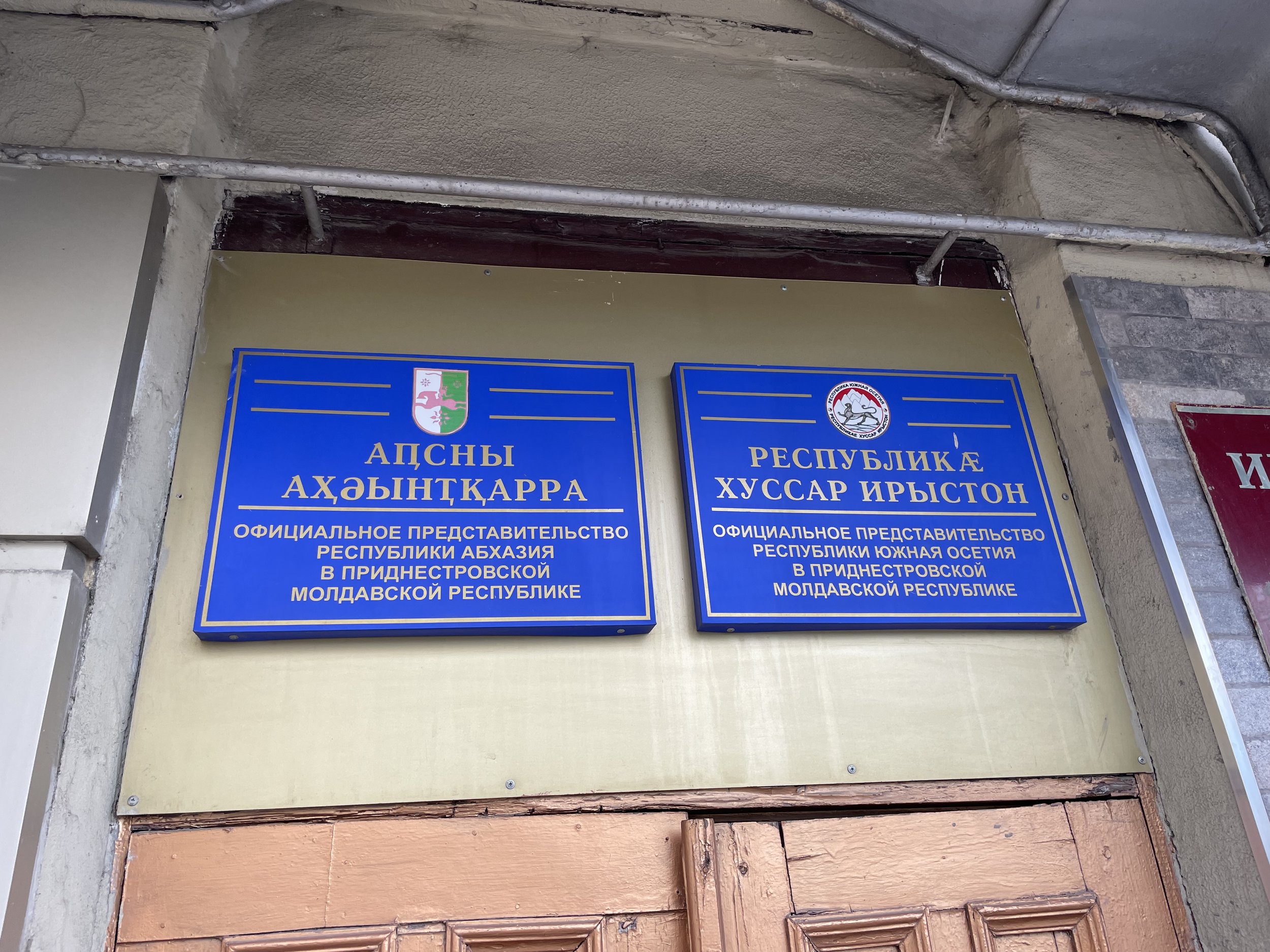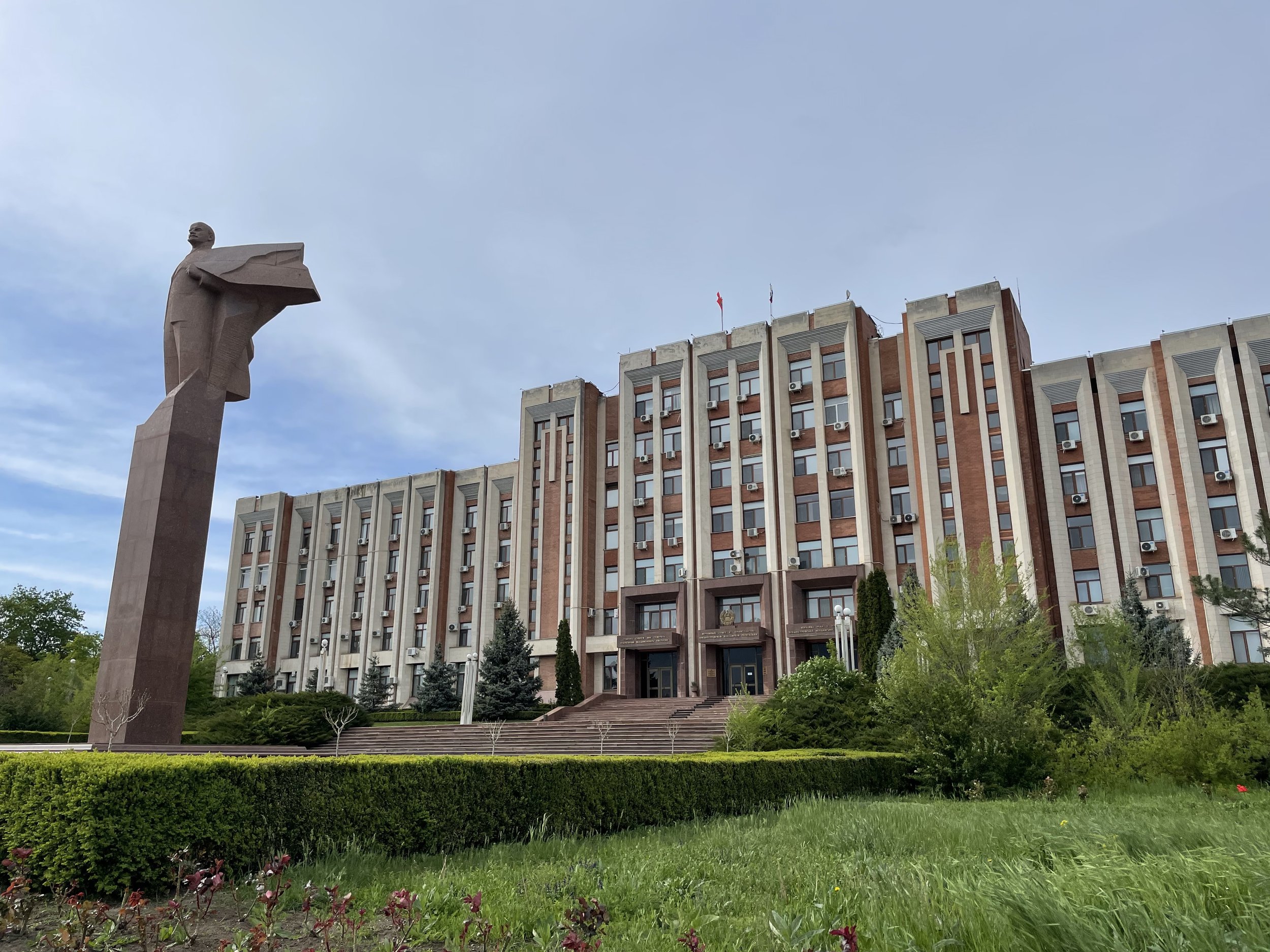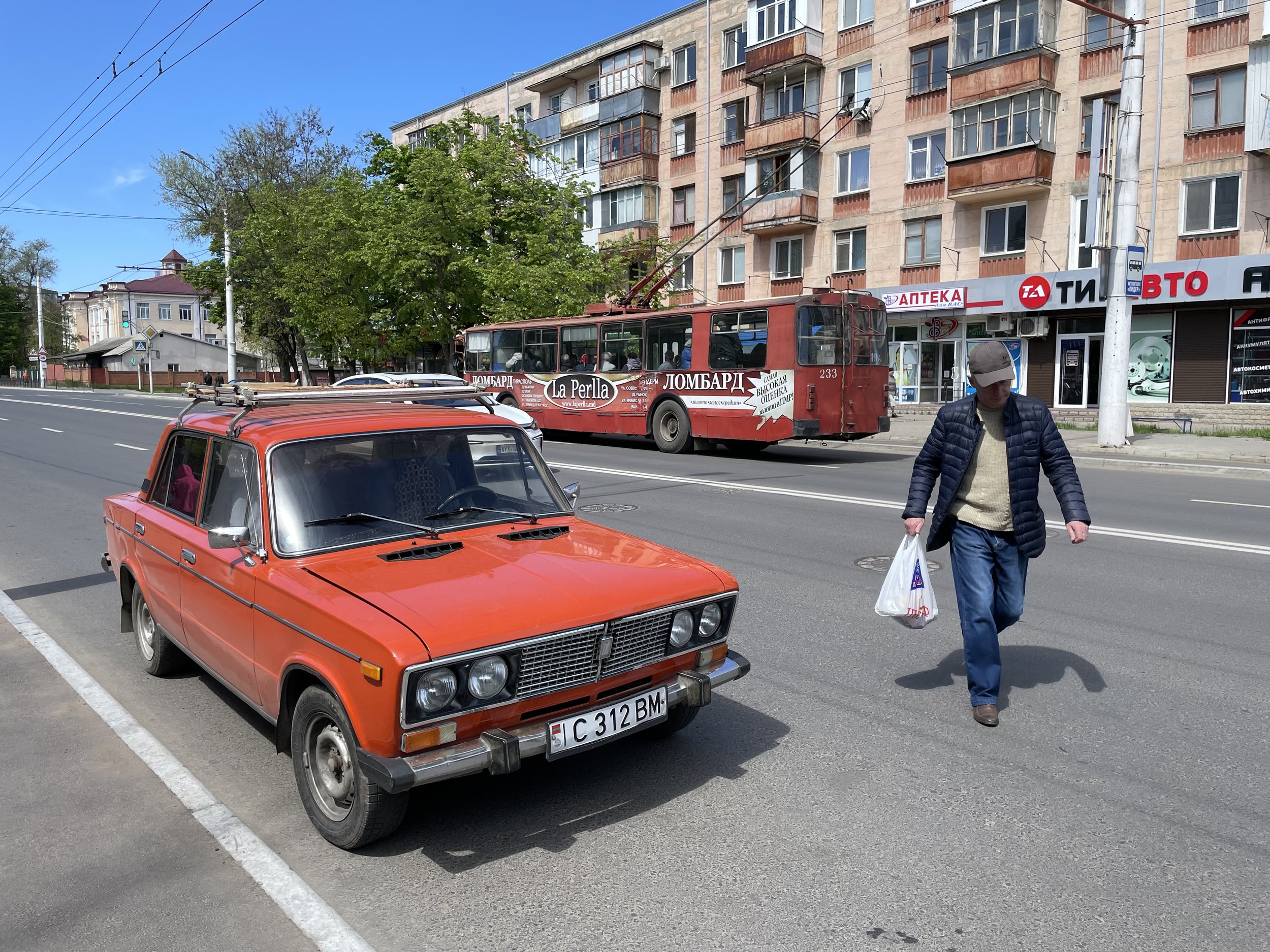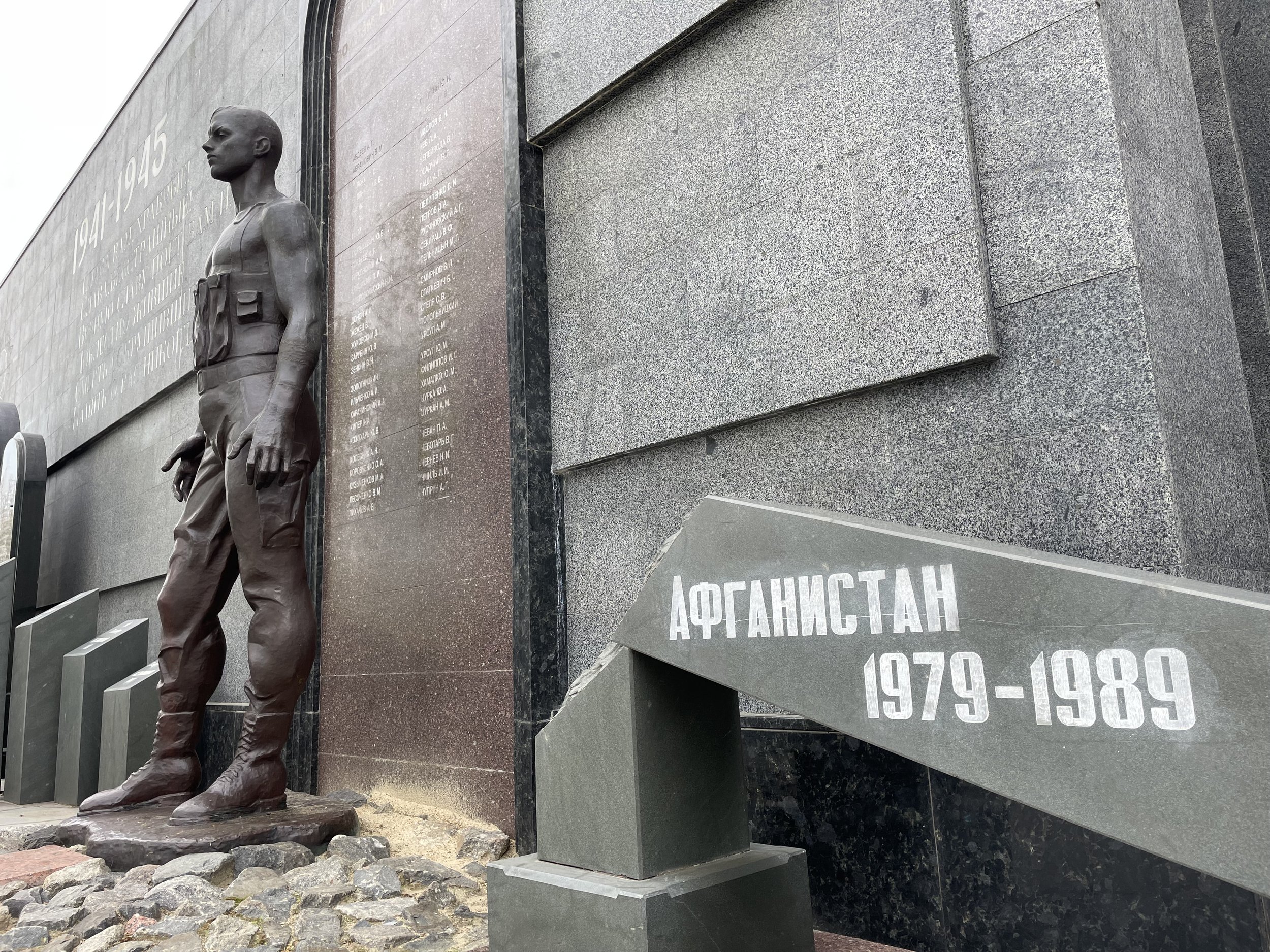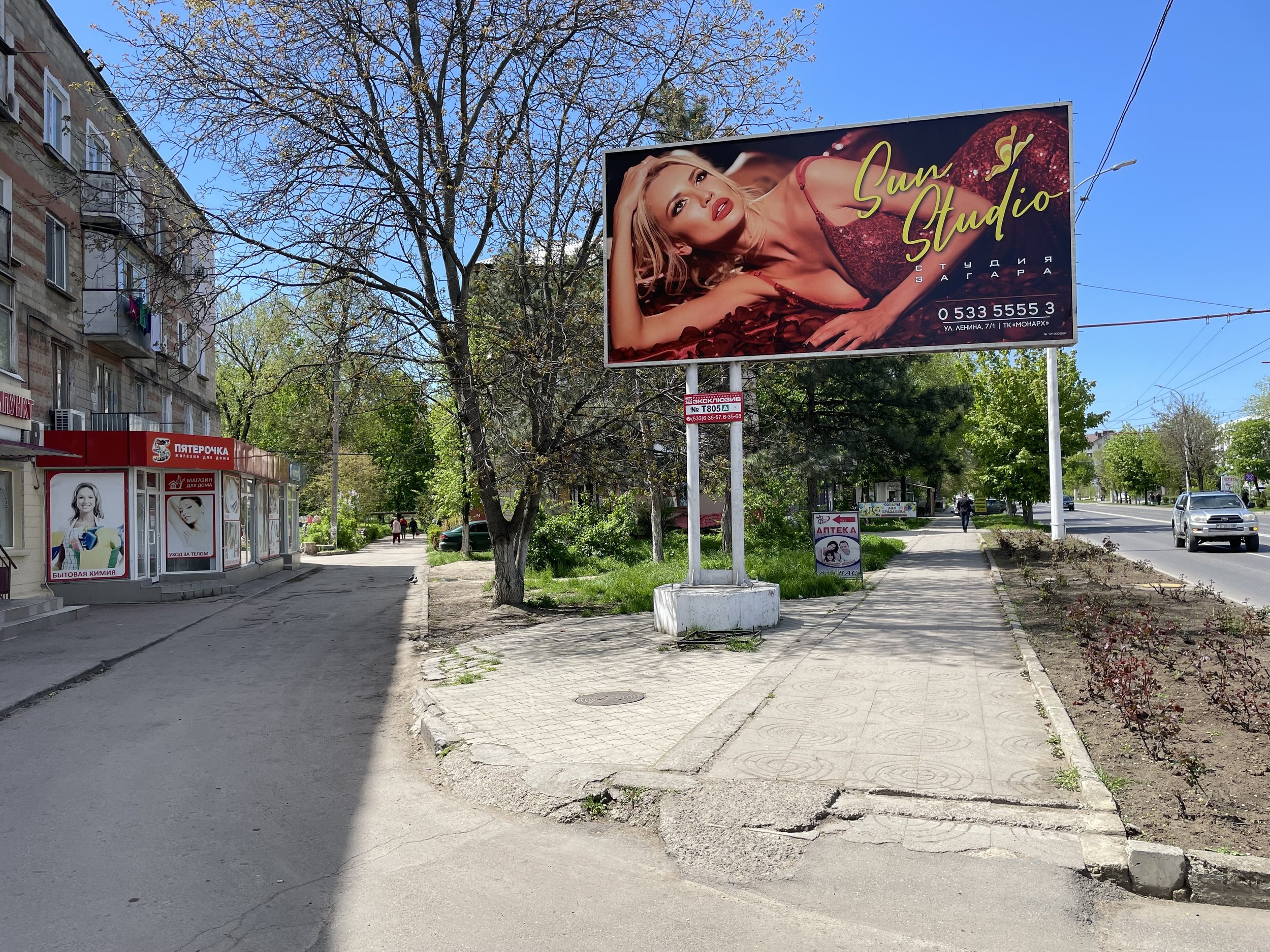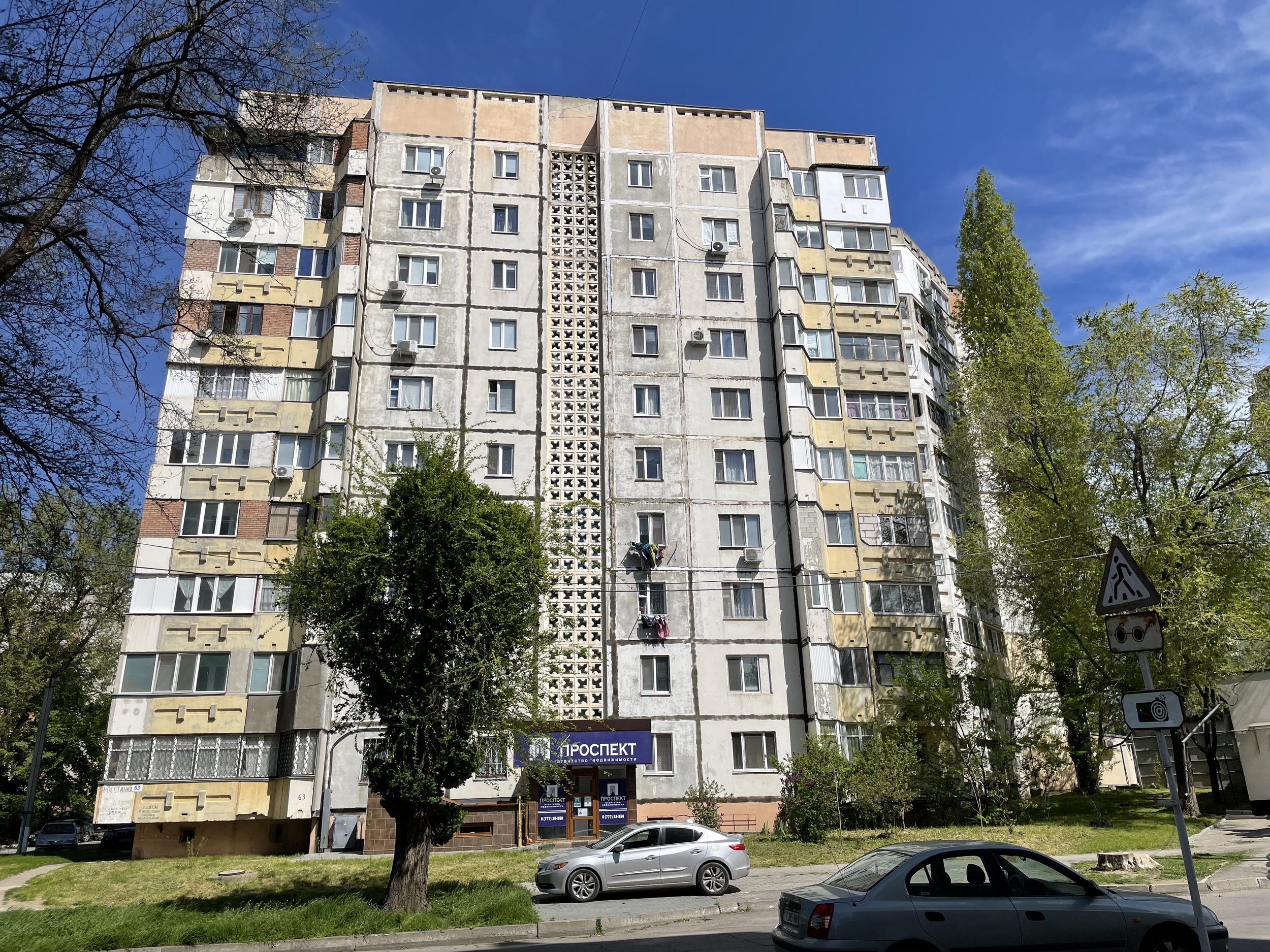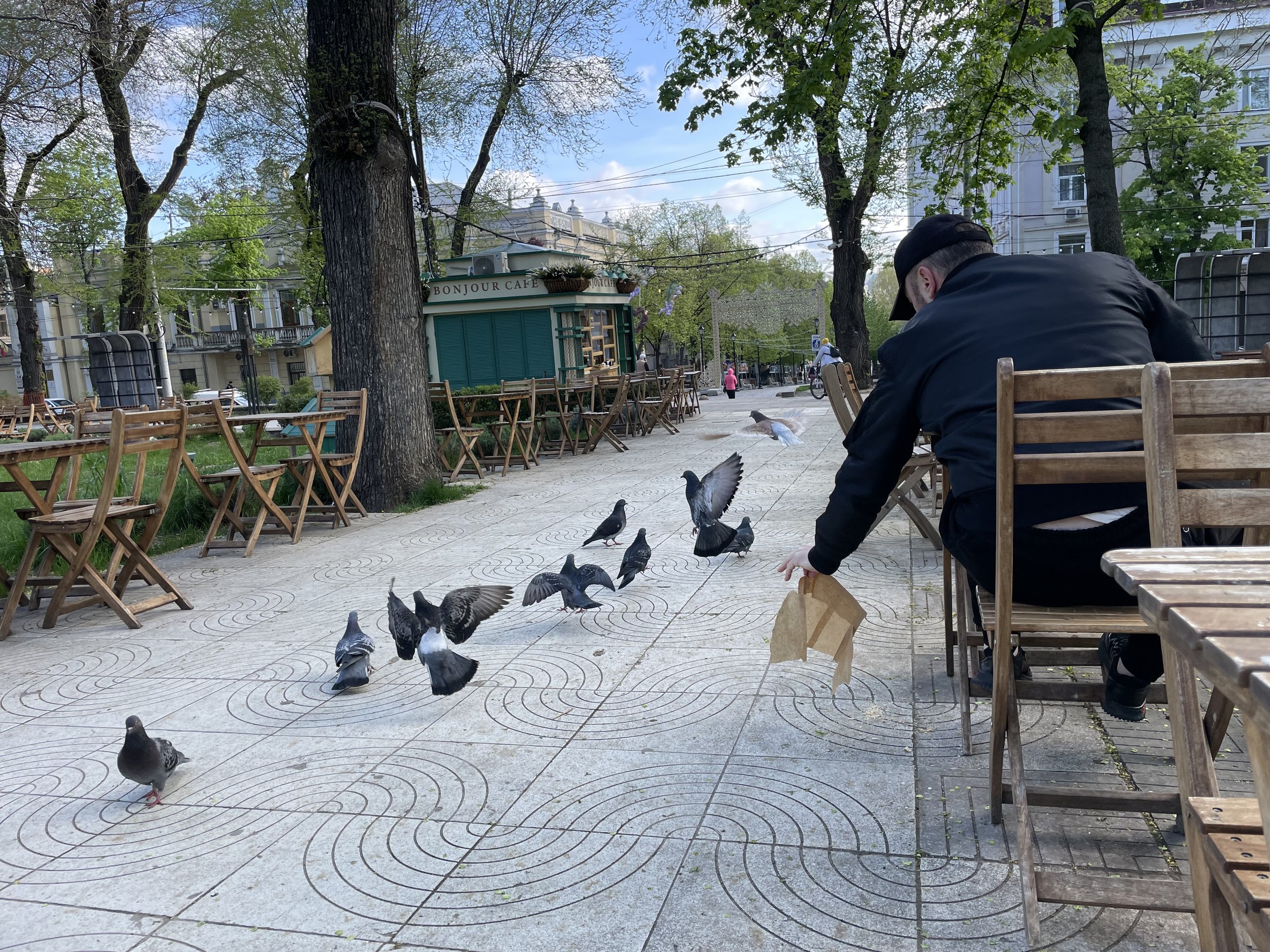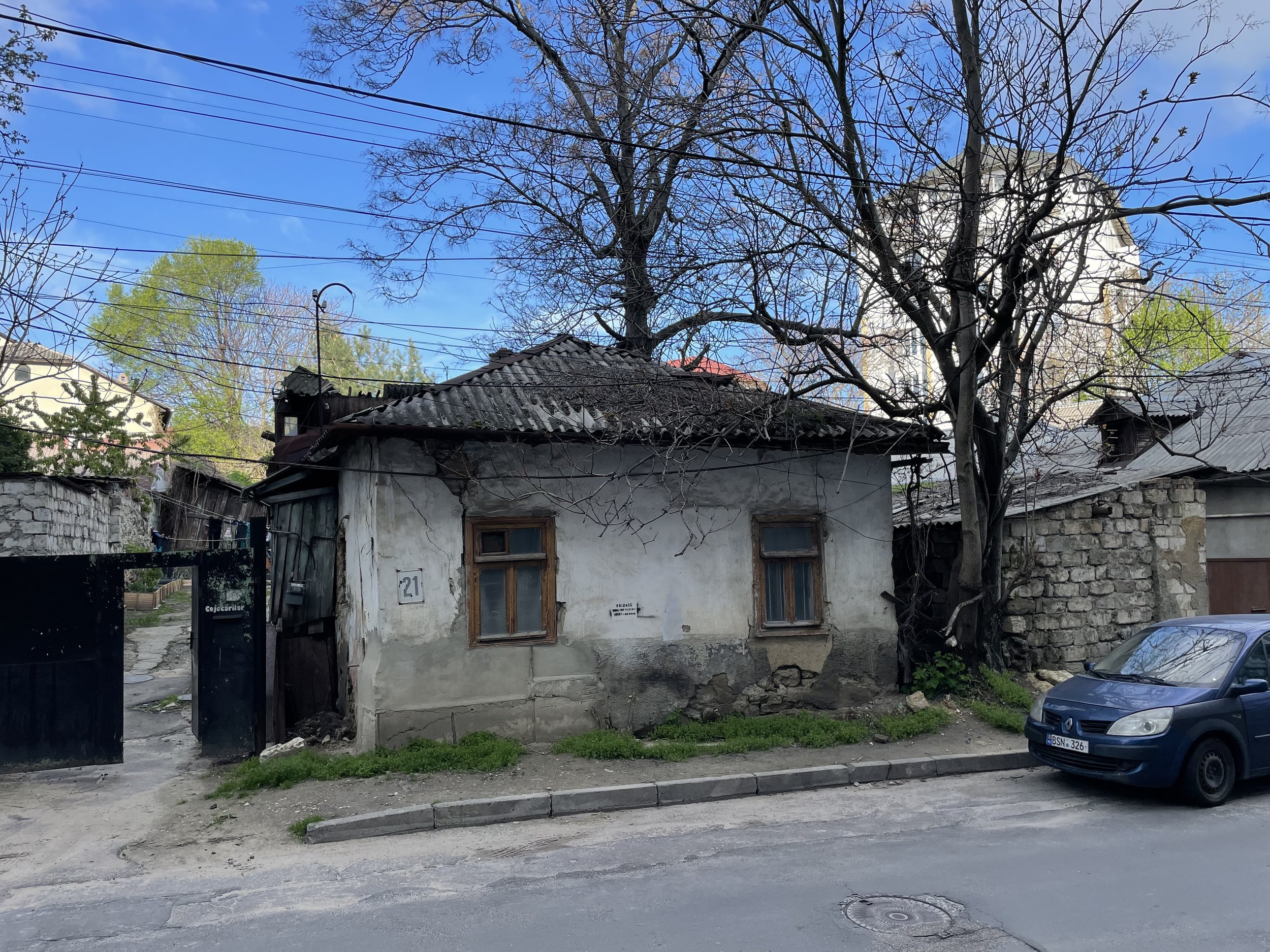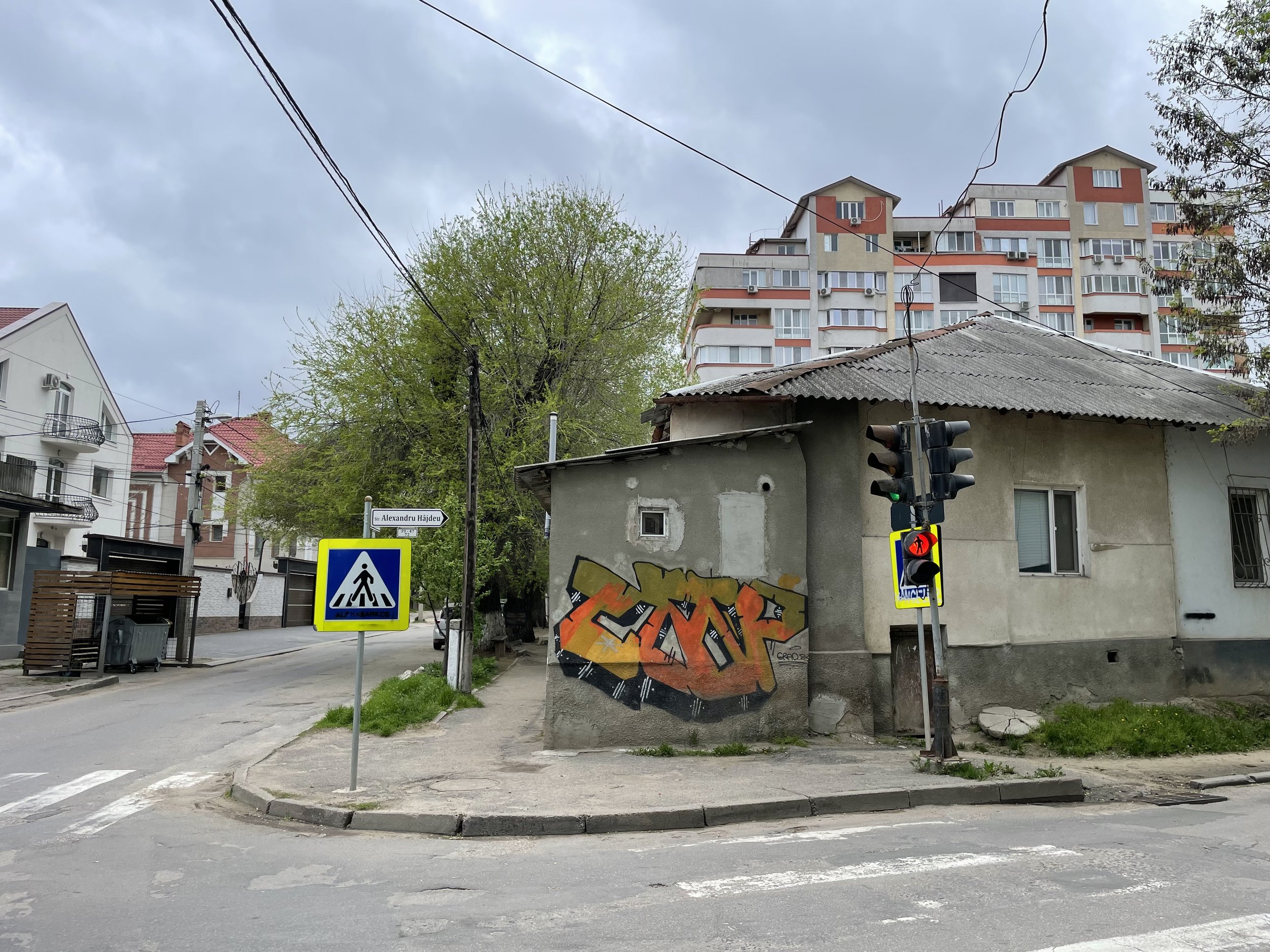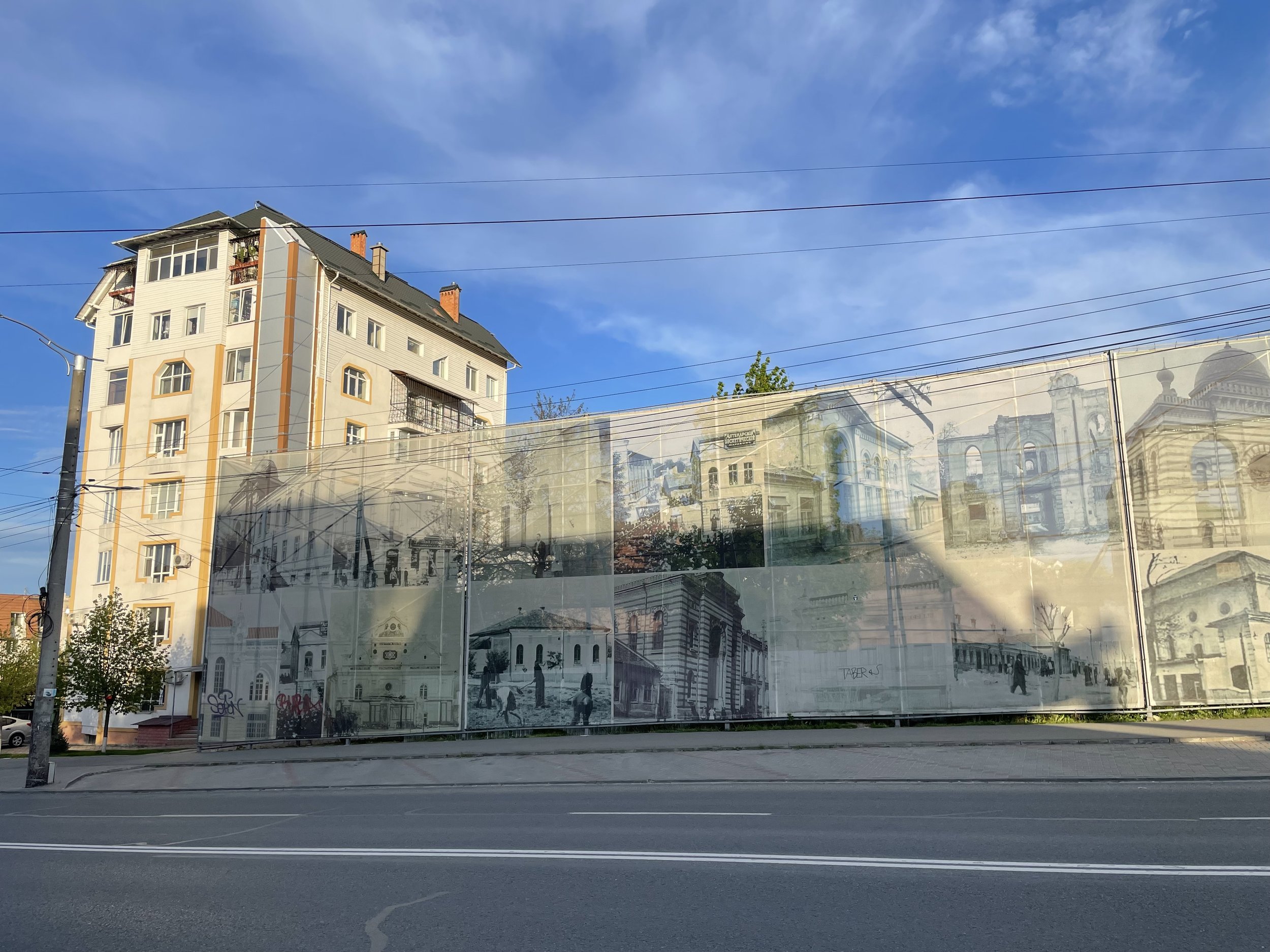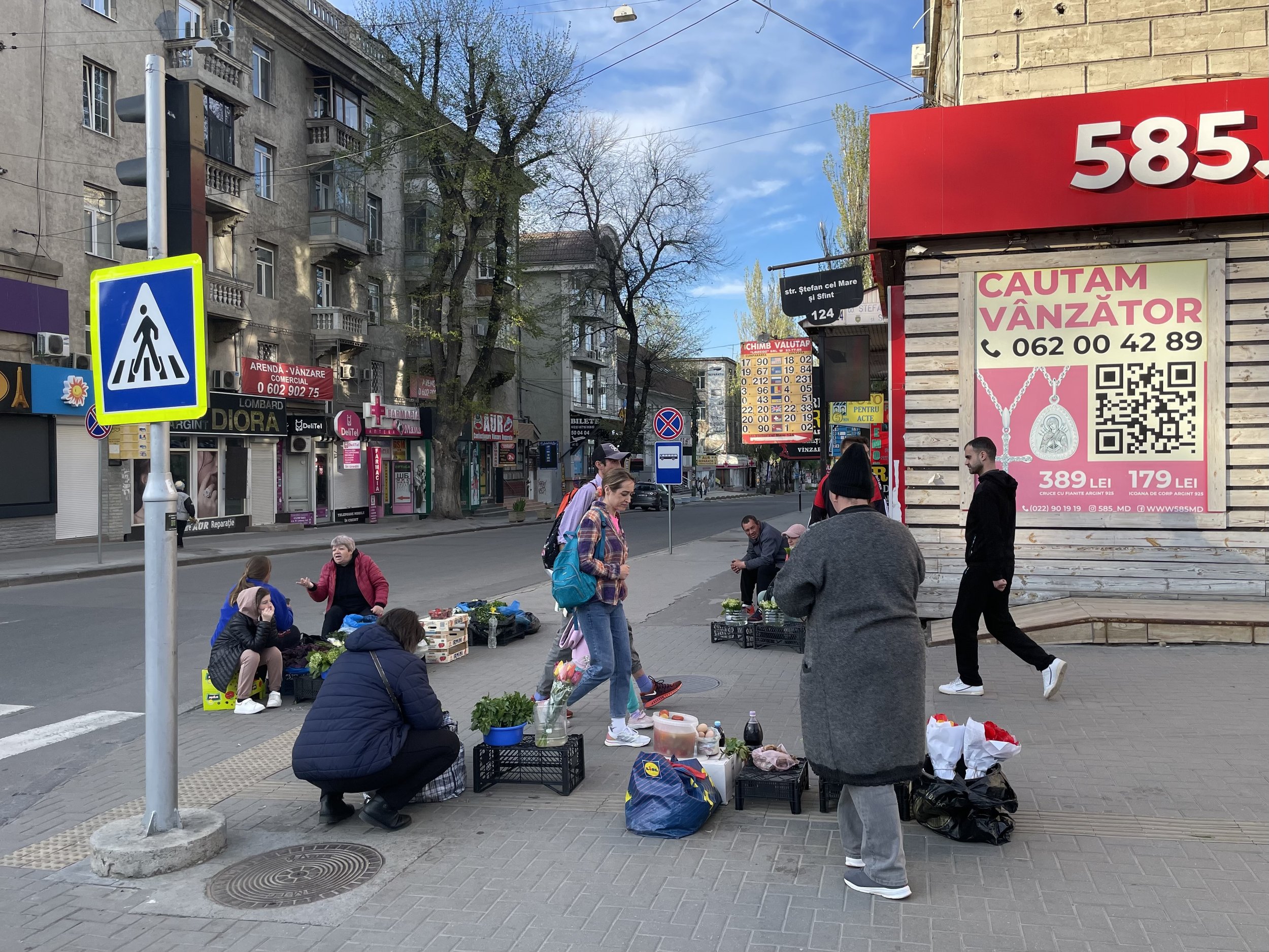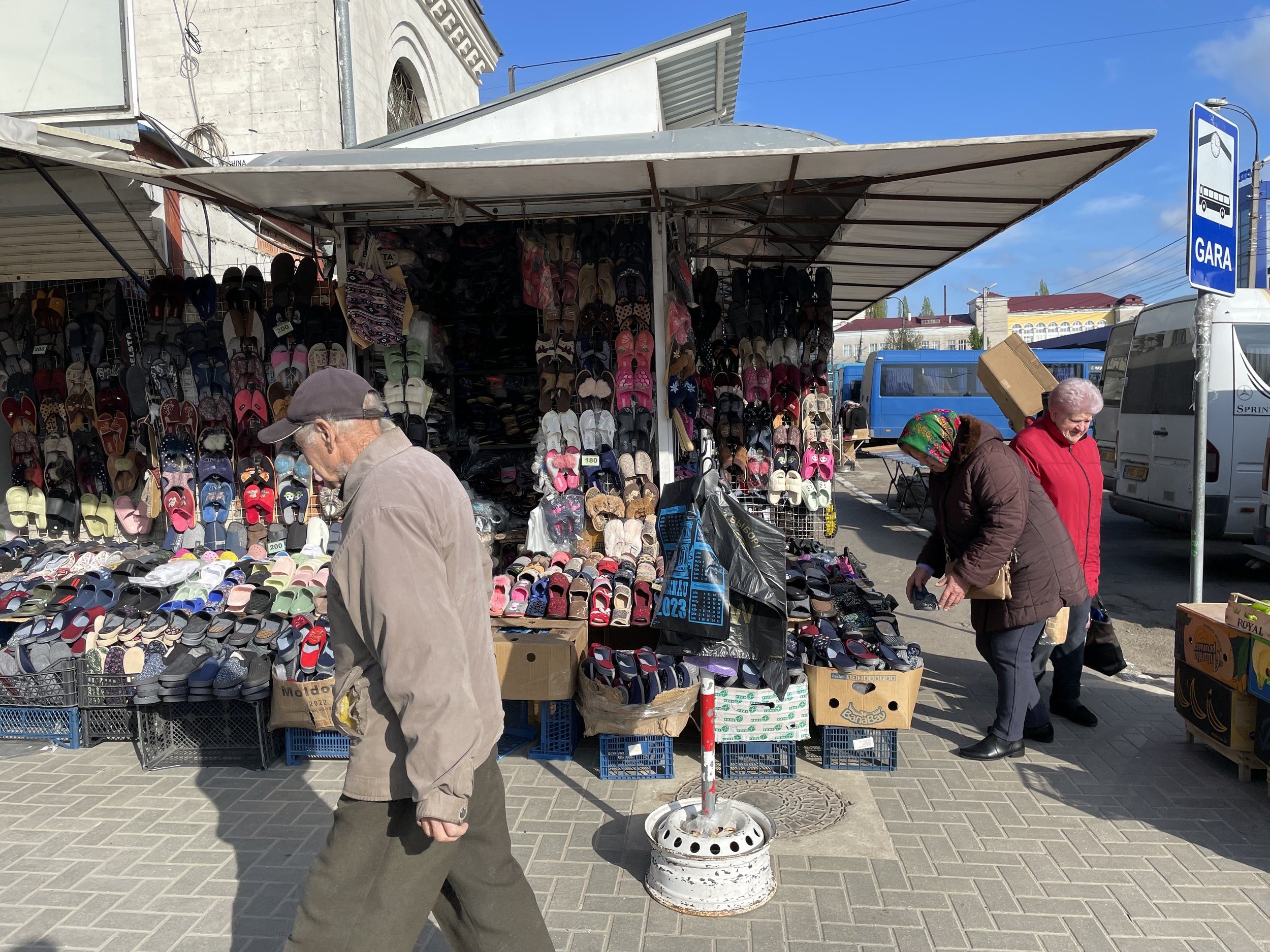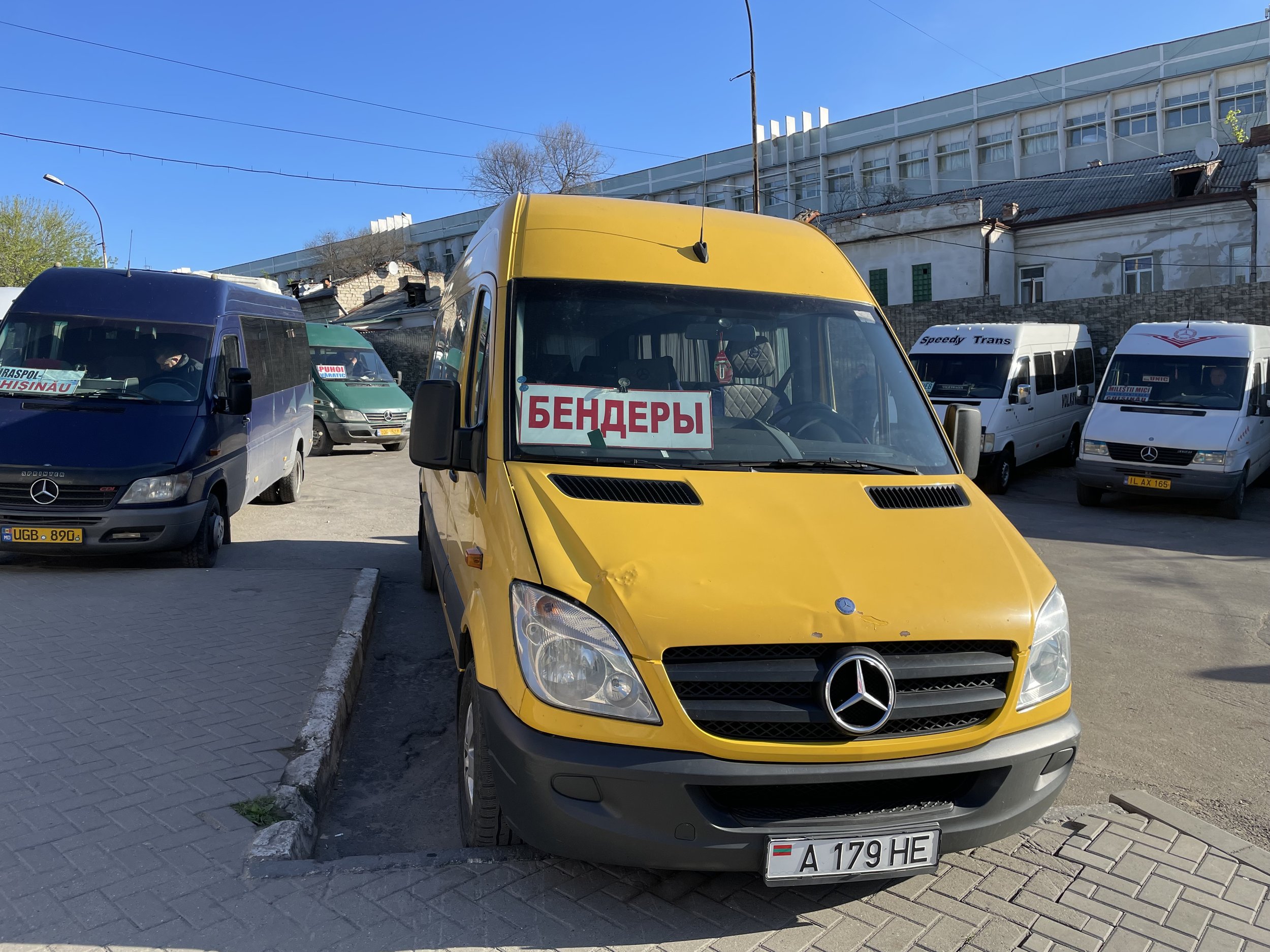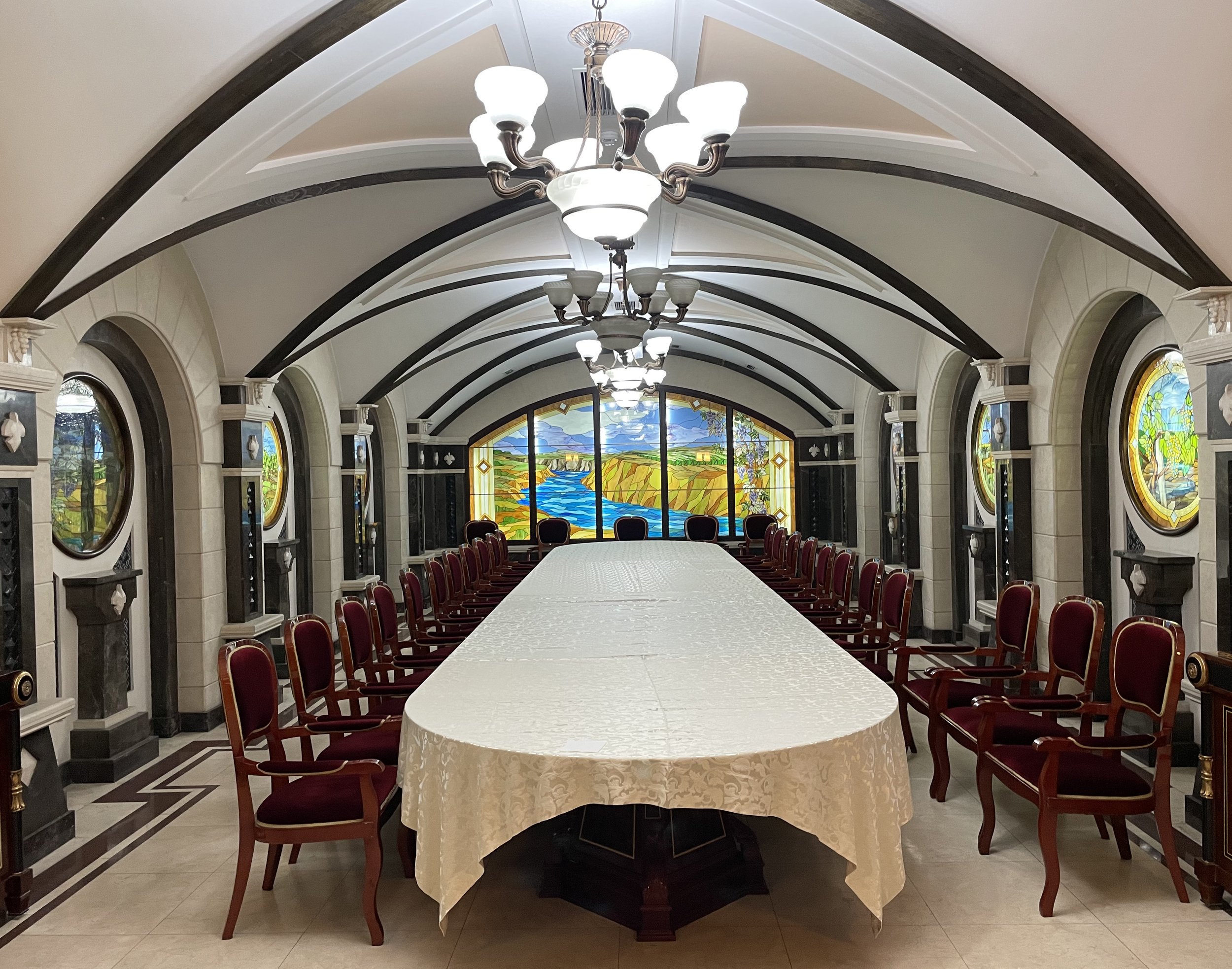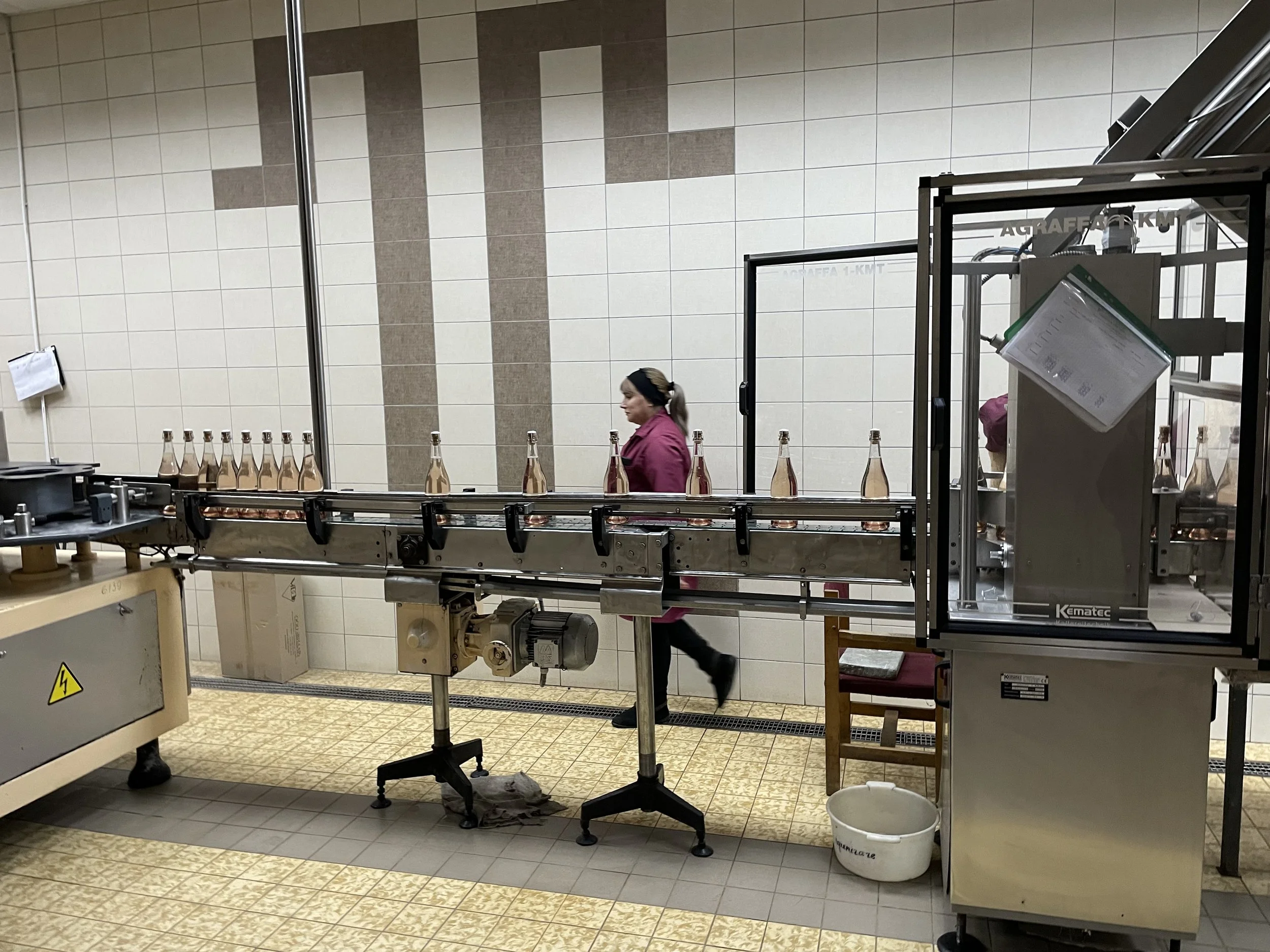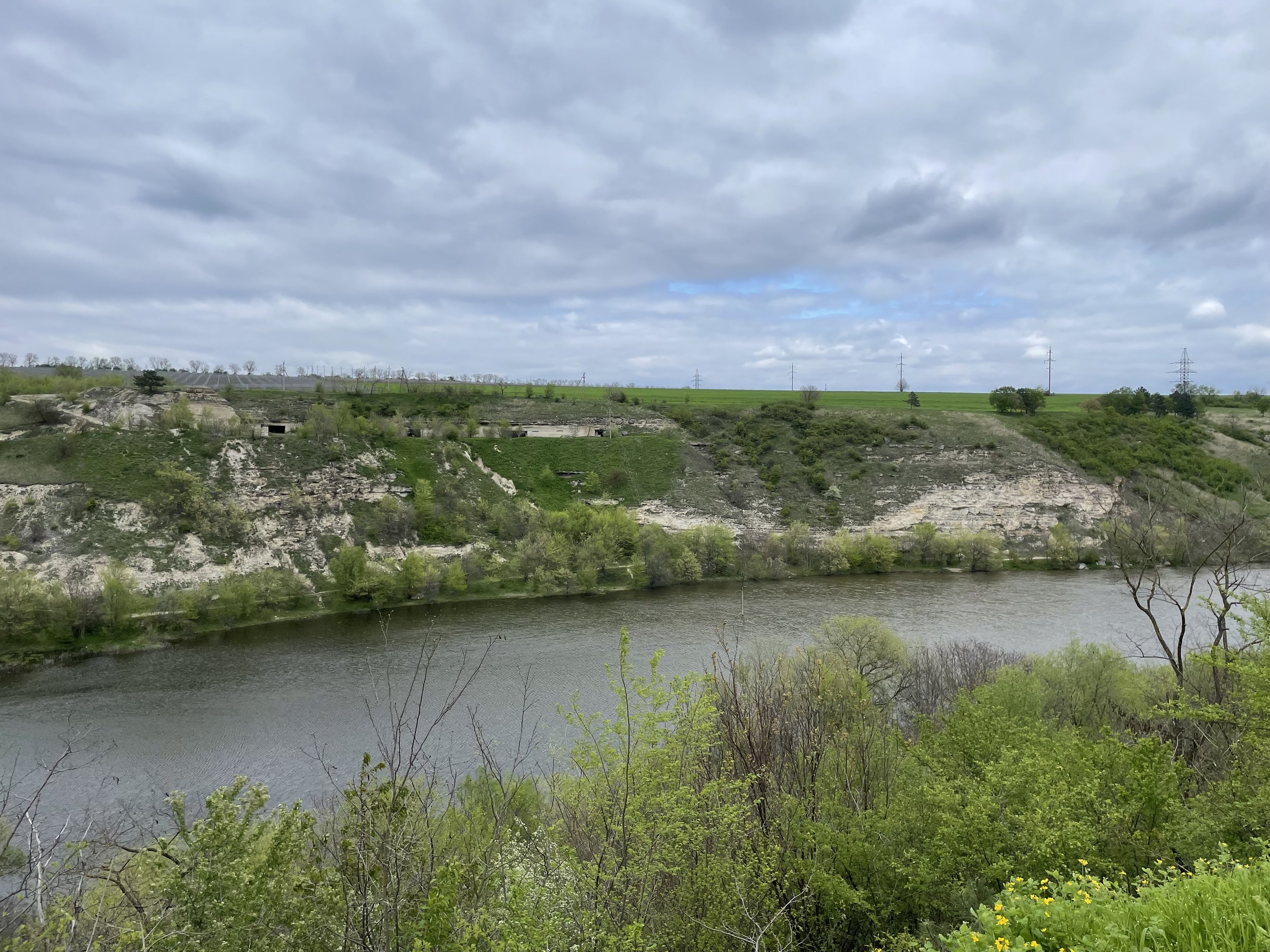Moldovan kitchen and Asconi winery
There are few traditional Moldovan restaurants in Chişinǎu. For local standards they are not cheap either. I treated myself for dinner in Taifas on Strada București 67, Chișinău. I let the waiter advise me how much to order. I have to say the quality was excellent. The bill came to a little over € 30,00.
The white wine I ordered was a Fautor made from the Feteasca Regala grape, which translates to ‘young royal girl’. Not sure why the Mioritic cheese platter was named after the Romanian Mioritic Shepherd Dog. Possibly because the dog herds sheep and the cheese is made of sheep’s milk.
I ordered the ‘crap ca la Chişinǎu’, which translates to ‘carp prepared the way of Chişinǎu’. The carp is hidden under quite a lot of perfectly steamed, and slightly grilled, vegetables.
Asconi winery
I forgot to book a hotel for the final night (never book your hotels without looking at your return ticket), so I decided to spend the last night at the Asconi winery, just 20 minutes south of the airport. The winery is located in Puhoi, a small village. Population: 5,518 according to the 2014 census. The winery was run by very young staff. Service wasn’t great, there was no option to visit the winery itself or to learn where the grapes were grown. I slept in a blue house, overpriced. But it looked nice and the sun was shining, so I didn’t complain.
It was the first of May and the place was busy with Moldovan guests for the day. For lunch I had two glasses of red wine made from the Rară Neagră grape, which literally means ‘rare black one’. I ordered the seasons vegetables with fresh cheese and pork fat with garlic. The fat was thinly sliced. I once slept at a Romanian farm and they gave me a big chunk of white pork fat for breakfast and a glass of warm milk with milk skin.
Pork fat with garlic.
Puhoi has hardly any centre to speak of. The ‘park’ looked run down and the logo on the local shop was washed out. For some reason the two glasses of red wine during lunch almost knocked me out cold, so I was forced to take a nap in my blue house.
For the 1 May festivities I ordered grilled pork skewers for dinner and stayed away from red wine, so it had to be a white wine instead. People around me were well dressed for the occasion.
The last morning of my geopolitical trip I woke up to the smell of wood burning. Many Puhoi houses are heated by wood stoves and the smoke filled the valley. I took a morning walk in search of the vineyards. There were a few but the vines were pruned back and it was very early in the growing season. Around nine in the morning I positioned myself next to the road and waited for a bus. After an hour I had succes and a minibus actually stopped.
After being dropped off by the minibus I walked the sunny Strada Aeroport in Chişinău to the airport. The Soviet built Moldova Tupolev Tu-134 on display near the entrance was a fitting last image of my journey.


